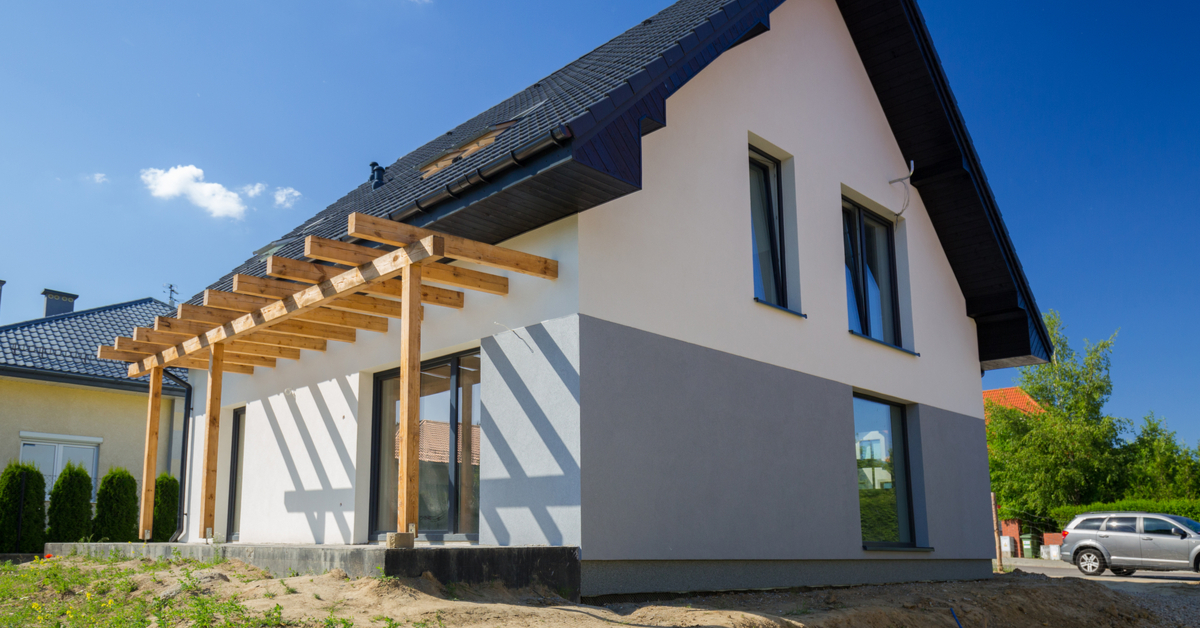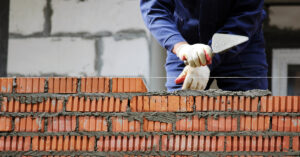New-home sales saw an unexpected dip in February, backtracking 2% month over month and 6.2% year over year to a seasonally adjusted annual rate of 772,000 units, according to the U.S. Census Bureau and U.S. Department of Housing and Urban Development.
It’s the second straight month with a decline, while January’s new-home sales pace was revised down to 788,000 units from a previously reported figure of 801,000. Economists polled by Reuters had projected February’s sales figure to grow to 810,000.
The decline thus far in 2022 can be traced to several factors, not the least of which is the continued rise of mortgage rates. While still historically low, rising rates have helped contribute to an affordability crunch when coupled with ever-increasing home prices. The median new-home sales price in February was $400,600, up 10.6% compared to the same month last year. Odeta Kushi, deputy chief economist at First American Financial Corp., noted that only 18% of new-home sales in February were priced below $300,000, compared to 31% one year ago.
Wells Fargo economists, however, labeled persistent inventory problems as a bigger headwind. There has been some progress over the past few months, with for-sale new homes in February up to 407,000 units, compared to 398,000 in January. Much of this increase, however, is homes that have yet to start construction.
“The major issues holding back home sales so far this year continue to be on the supply side,” economists wrote in Wells Fargo commentary. “While there have been some signs of easing, the supply chain disruptions which have fueled shortages of a wide variety of building materials continue to cause delays, increasing the time it takes to complete a new home. Uncertainty in regards to completion times have forced many builders to limit sales to allow projects to catch up, much to the dismay of prospective buyers who remain eager to purchase almost any home that is available.”
“The new-home market is more important than ever as a source of inventory given the historically low level of resale homes available for purchase,” said Jerry Konter, chairman of the National Association of Home Builders (NAHB). “However, higher construction costs are hindering new-home sales as the cost of lumber, OSB (oriented strand board), shingles and other materials rise. Policymakers could help by reducing tariffs on materials as an anti-inflation measure.”
The Biden administration announced that it was lifting tariffs on aluminum and steel from the United Kingdom imposed by former president Donald Trump in 2018. The move is a “welcome development and a positive first step,” Konter noted, urging similar action regarding tariffs on Canadian softwood lumber. Per Konter, the lumber tariffs have added more than $18,600 to the price of a new home since August 2021.
Kushi noted that the rising-rate environment also may be impacting new-home sales more than existing-home sales.
“One plausible reason why new-home sales are more sensitive to rising mortgage rates than existing-home sales is that new homes are typically bought by move-up buyers, who may feel rate-locked in when mortgage rates are rising,” she said. “Why move out if you must pay more to move up?”
As monetary policy tightens and the Federal Reserve becomes proactive in combating inflation, more interest rate increases are surely on the horizon. This could generate urgency for prospective buyers looking to stay ahead of the curve, or it could further hinder sales. Wells Fargo reported that recently published earnings reports from some builders have indicated a higher rate of cancellations due to rising borrowing costs, although cancellation rates so far remain well below historical averages.
In the near term, however, it’s clear that more inventory is needed to meet still-strong demand, even with affordability pressures growing.
“Because there is such limited inventory of existing single-family homes on the market, additional new construction is required to meet demand even as building costs significantly outpace inflation,” NAHB chief economist Robert Dietz said.






